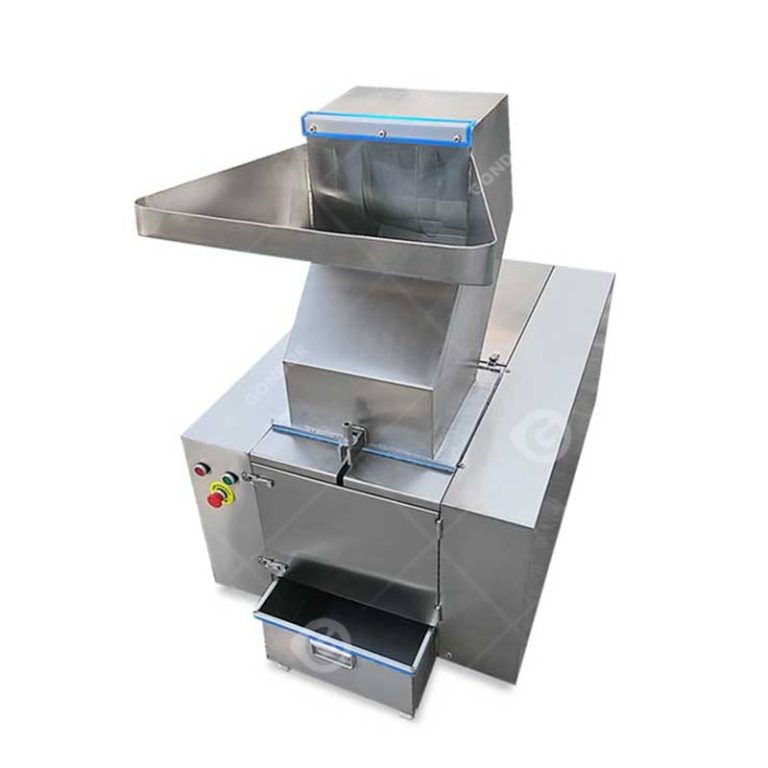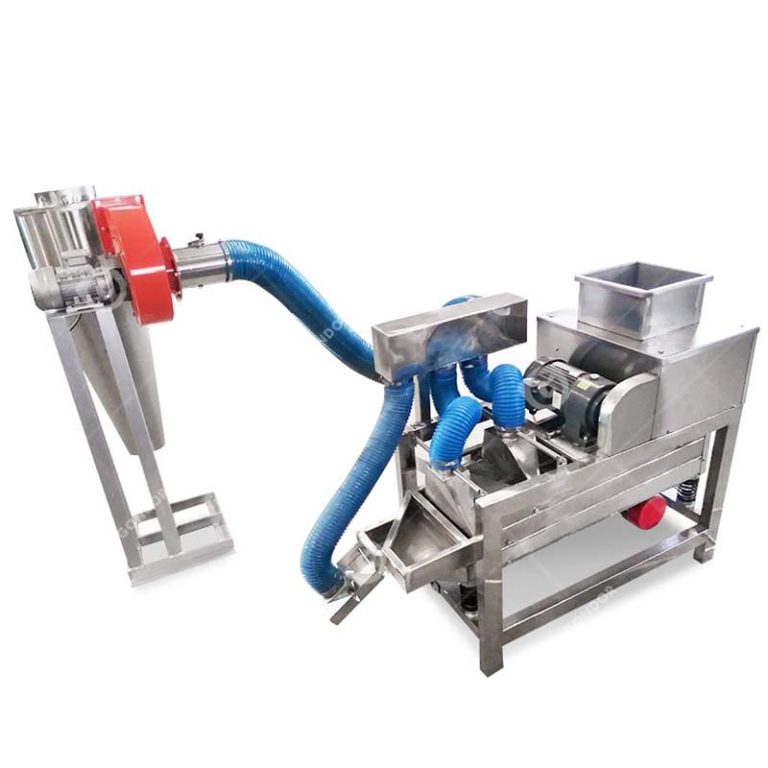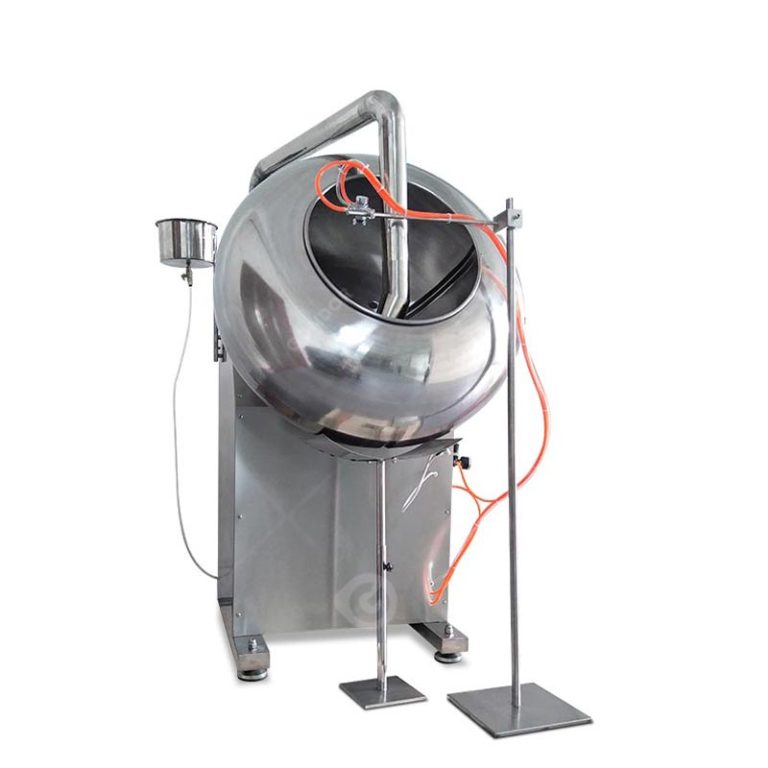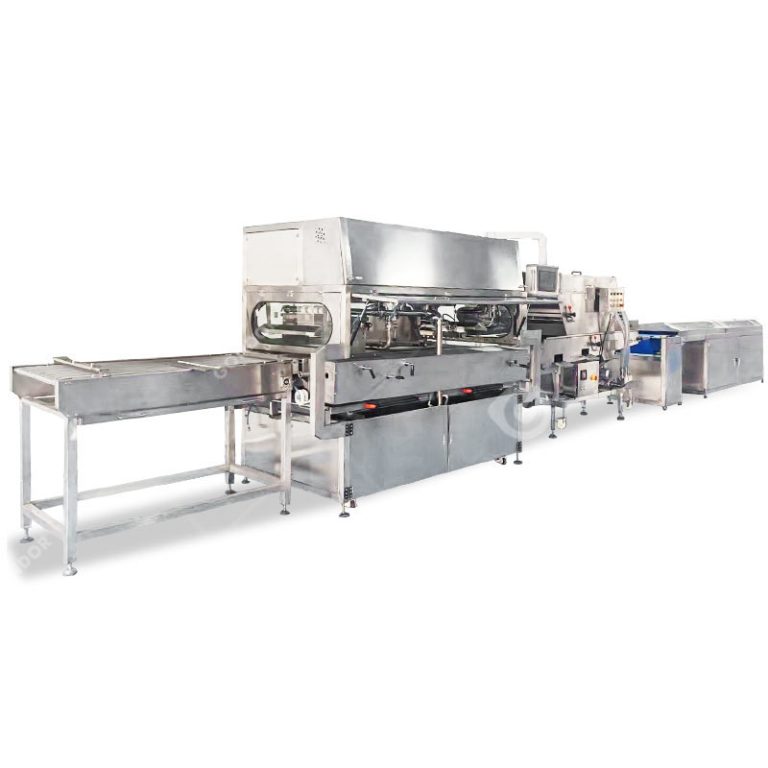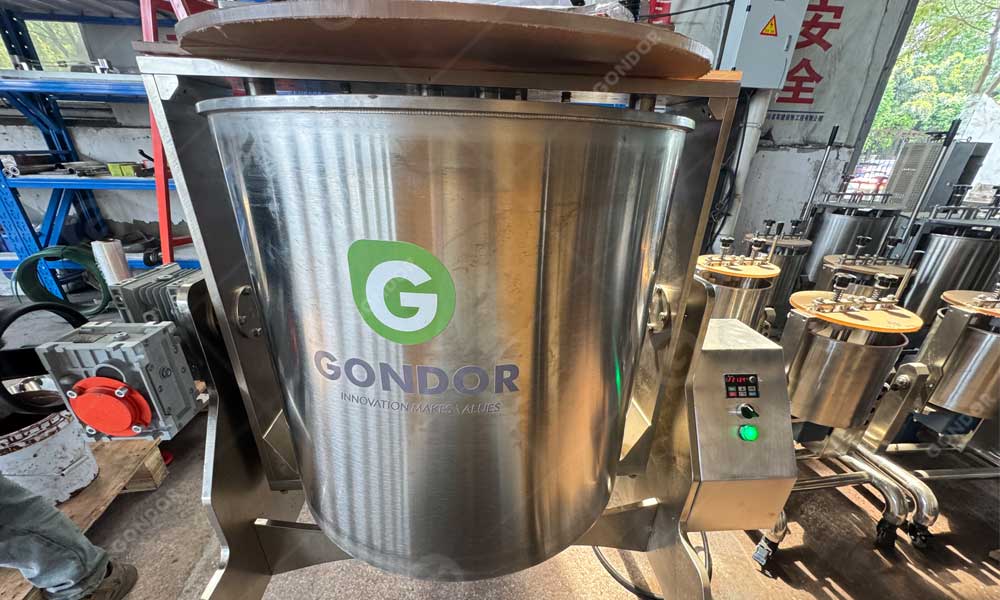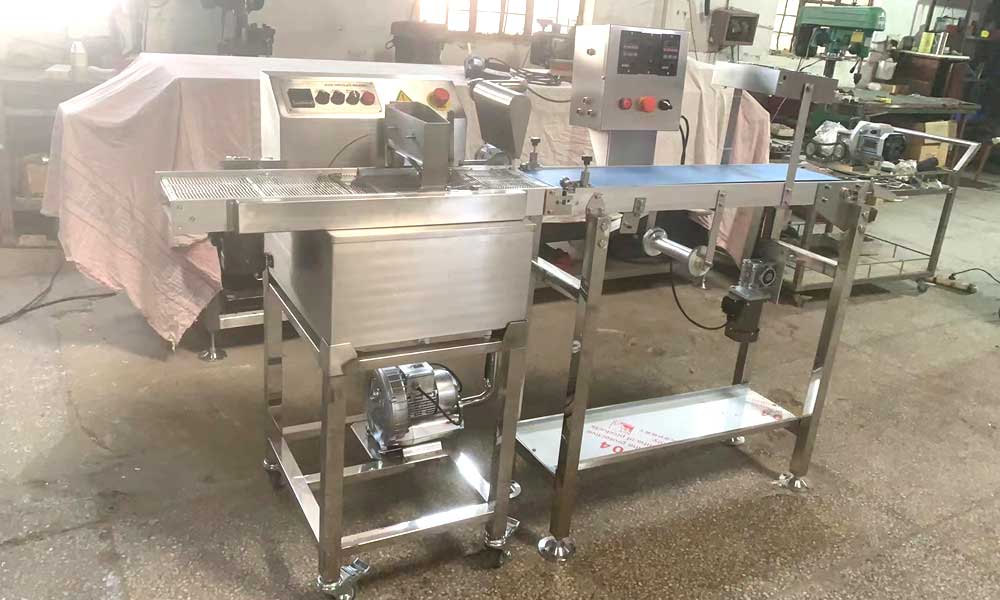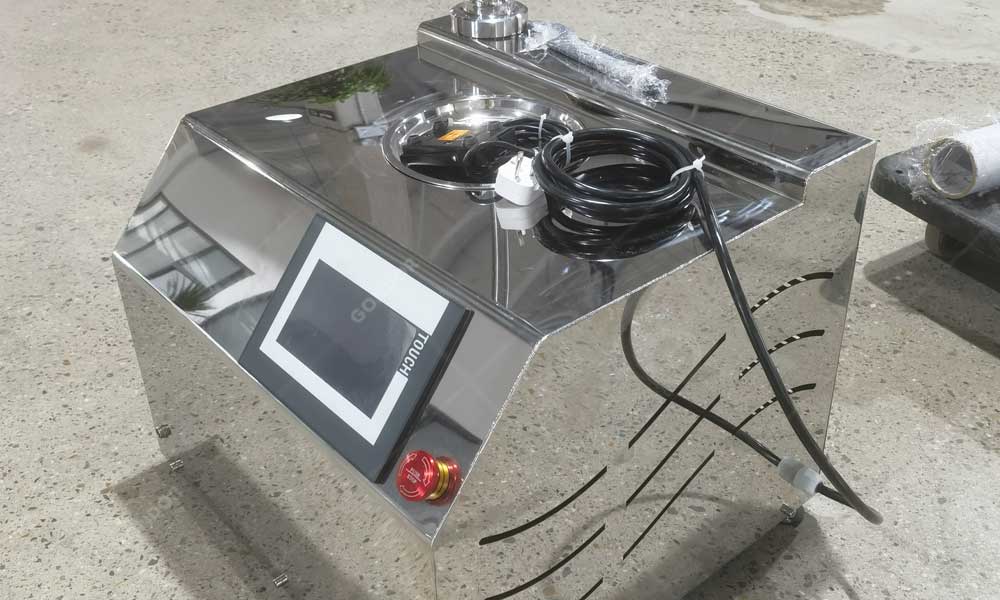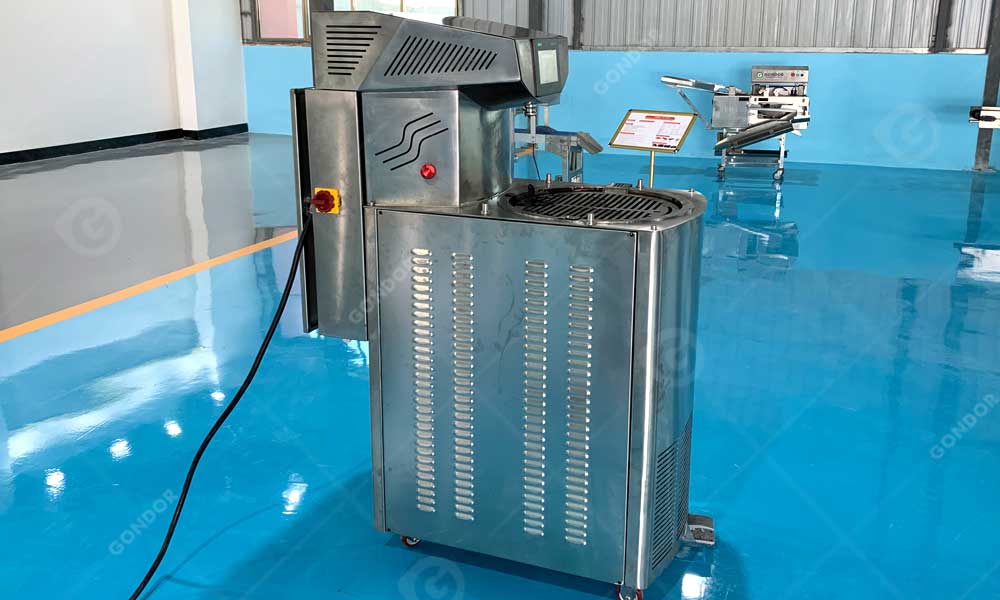As a professional in the food processing machinery industry, Gondor Machinery understands how crucial precise chocolate tempering is for chocolate makers, chocolatiers, and industrial manufacturers alike. Whether you are handcrafting artisan chocolate or running an automated chocolate production line, perfect tempering ensures your chocolate looks beautiful, tastes smooth, and snaps cleanly. This ultimate guide explores chocolate tempering temperature, the science of cocoa butter crystals, and how innovations like chocolate tempering crystals can simplify the entire process.
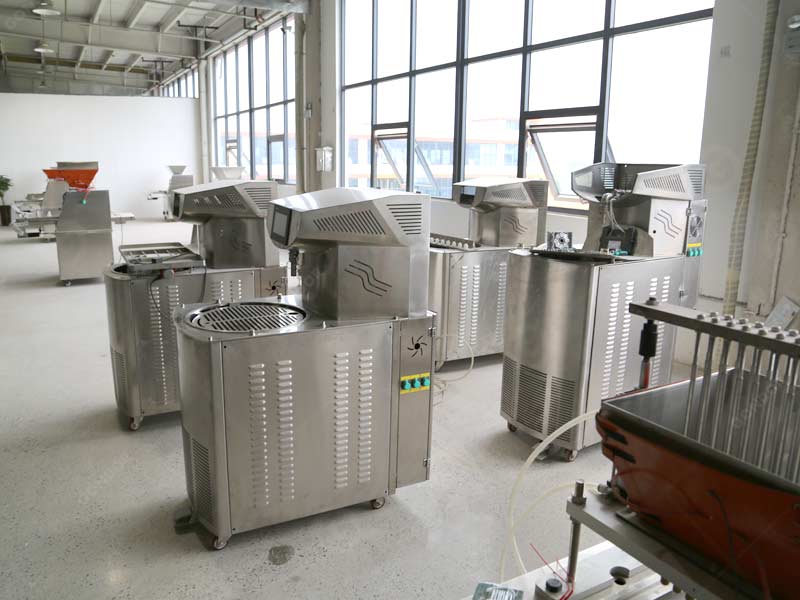
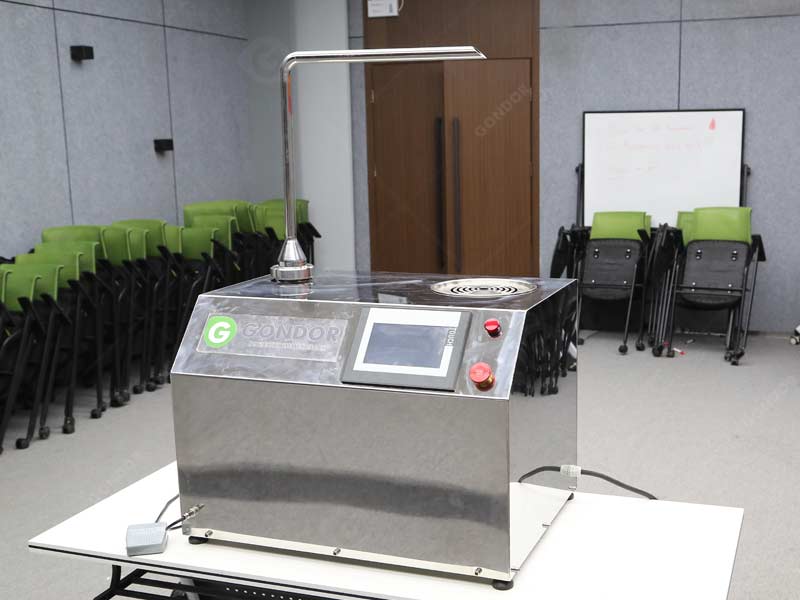
Why Temper Chocolate?
Tempering is not just a tradition. It is essential to control the structure of cocoa butter. Cocoa butter is polymorphic, which means it can crystallize into several different forms called polymorphs. Each form has unique melting points and stability. Among the six crystal forms of cocoa butter, Form V is the goal:
- It melts just below body temperature (about 32–33°C), giving chocolate a smooth mouthfeel and glossy finish.
- It ensures the chocolate contracts slightly as it sets, making it easy to demold.
- It produces the signature crisp “snap” when you break a bar or bite into a piece.
Specific Chocolate Tempering Temperatures
Different types of chocolate require different tempering curves because of their varying cocoa butter content and milk solids. Maintaining these ranges ensures proper crystal formation and helps prevent bloom. Here is a quick guide to the temperature for chocolate tempering for dark, milk, and white chocolate.
Dark Chocolate
First, melt dark chocolate to a temperature between 45 and 50 degrees Celsius. Then cool it down to a temperature between 27 and 28 degrees Celsius. Finally, reheat it to a working temperature of 31 to 32 degrees Celsius.
Milk Chocolate
Start by melting milk chocolate to a temperature between 40 and 45 degrees Celsius. Next, cool it down to a temperature between 26 and 27 degrees Celsius. Then reheat it to a working temperature of 29 to 30 degrees Celsius.
White Chocolate
Begin by melting white chocolate to a temperature between 40 and 43 degrees Celsius. Then cool it to a temperature between 25 and 26 degrees Celsius. Lastly, reheat it to a working temperature of 28 to 29 degrees Celsius.
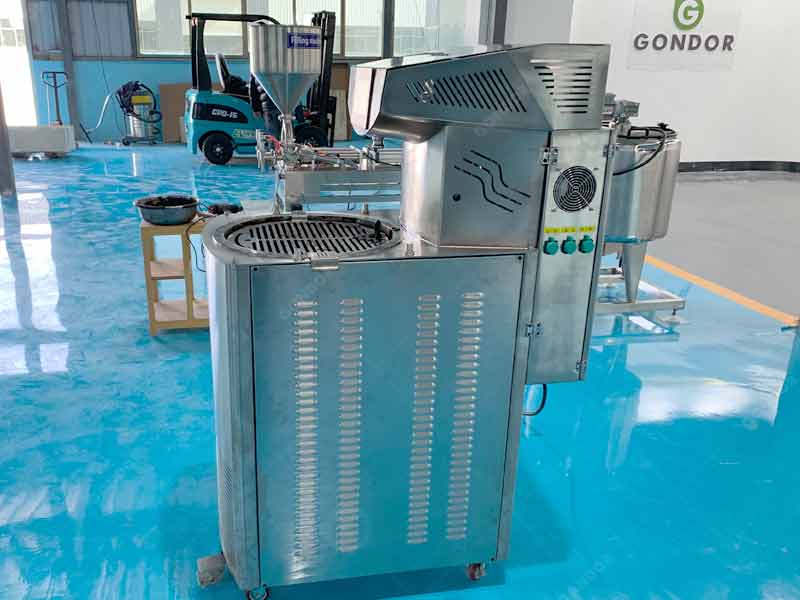
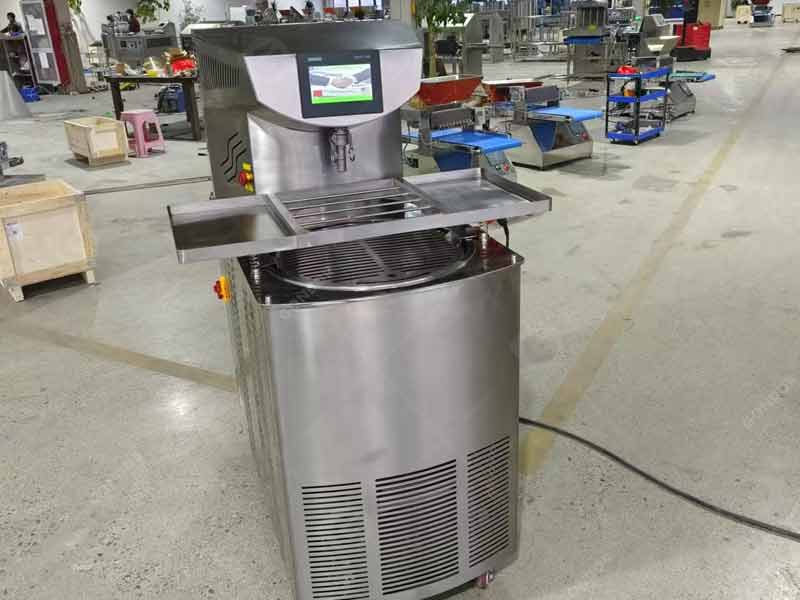
The Role of Chocolate Tempering Crystals
Traditional tempering can be time-consuming and delicate. This is where chocolate tempering crystals, sometimes called seed crystals or cocoa butter crystals, play an important role. These are pre-formed stable cocoa butter crystals, specifically in Form V, that can be added to melted chocolate to guide the crystallization process quickly and reliably.
Using tempering crystals offers several benefits. They reduce tempering time and improve consistency, especially for small batches. They simplify the tempering process for less-experienced operators and help minimize waste caused by incorrectly tempered chocolate. For industrial production lines, using tempering crystals can optimize throughput and ensure product consistency. This approach aligns perfectly with the demands of modern chocolate making machinery such as those offered by Gondor Machinery.
Common Tempering Failures and How to Fix Them
Even with the right equipment and techniques, tempering sometimes goes wrong. Here are frequent problems and solutions.
Fat Bloom
Fat bloom occurs when unstable crystals form due to incorrect cooling or storage conditions. The solution is to remelt and re-temper the chocolate properly.
Chocolate Too Thick
Chocolate becomes too thick because of over-crystallization. To fix this, gently warm the chocolate by one to two degrees Celsius while stirring to melt the excess crystals.
Dull Appearance
A dull appearance occurs when the temperature is too low during the final working stage. The solution is to reheat the chocolate slightly to reach the correct working temperature.
Soft or Crumbly Texture
Chocolate develops a soft or crumbly texture due to insufficient tempering or a lack of stable crystals. The solution is to remelt and temper the chocolate using proper seeding or tempering crystals.
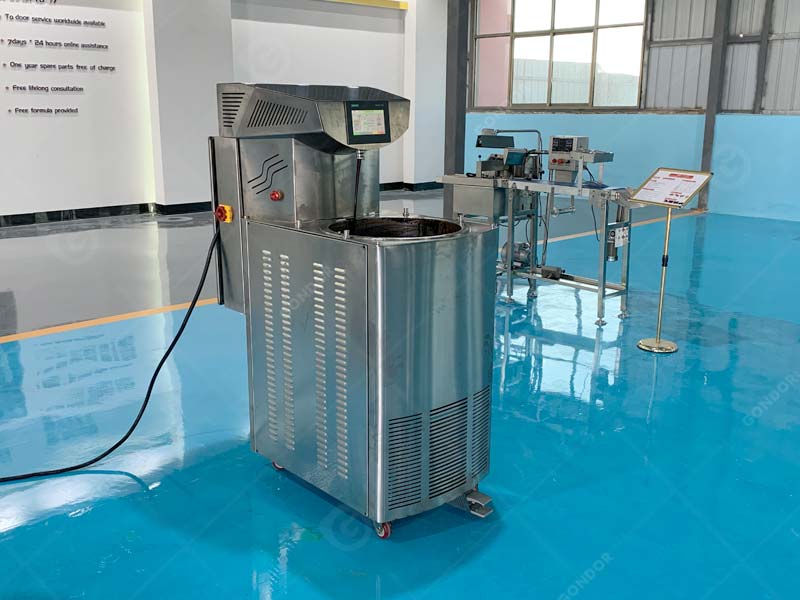
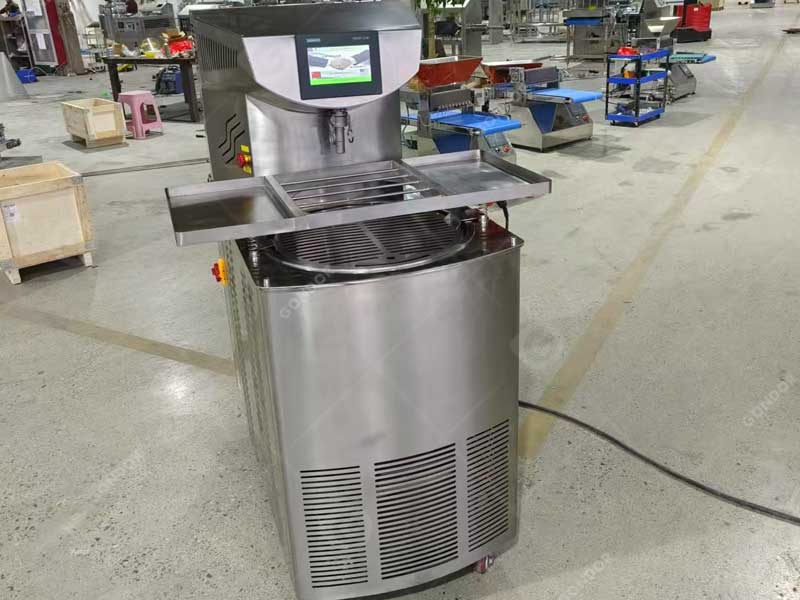
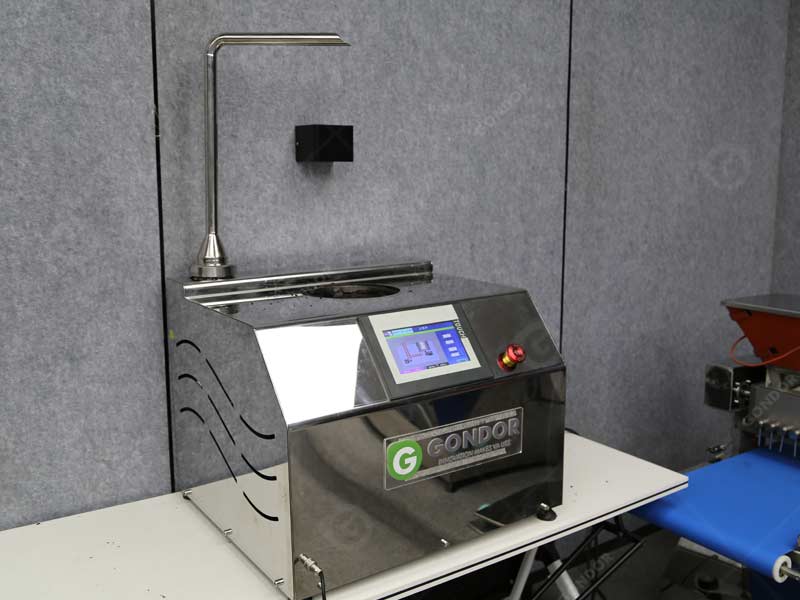
How Gondor Machinery Supports Chocolate Tempering
At Gondor Machinery, we specialize in designing and manufacturing chocolate machinery that delivers precise temperature control, efficient mixing, and automated tempering functions. Whether your business uses traditional methods, chocolate tempering crystals, or advanced continuous tempering machines, we ensure your process is smooth, stable, and scalable. Our chocolate tempering machines help:
- Maintain stable chocolate tempering temperatures automatically
- Reduce human error in tempering curves
- Achieve consistent crystal structures for premium chocolate quality



